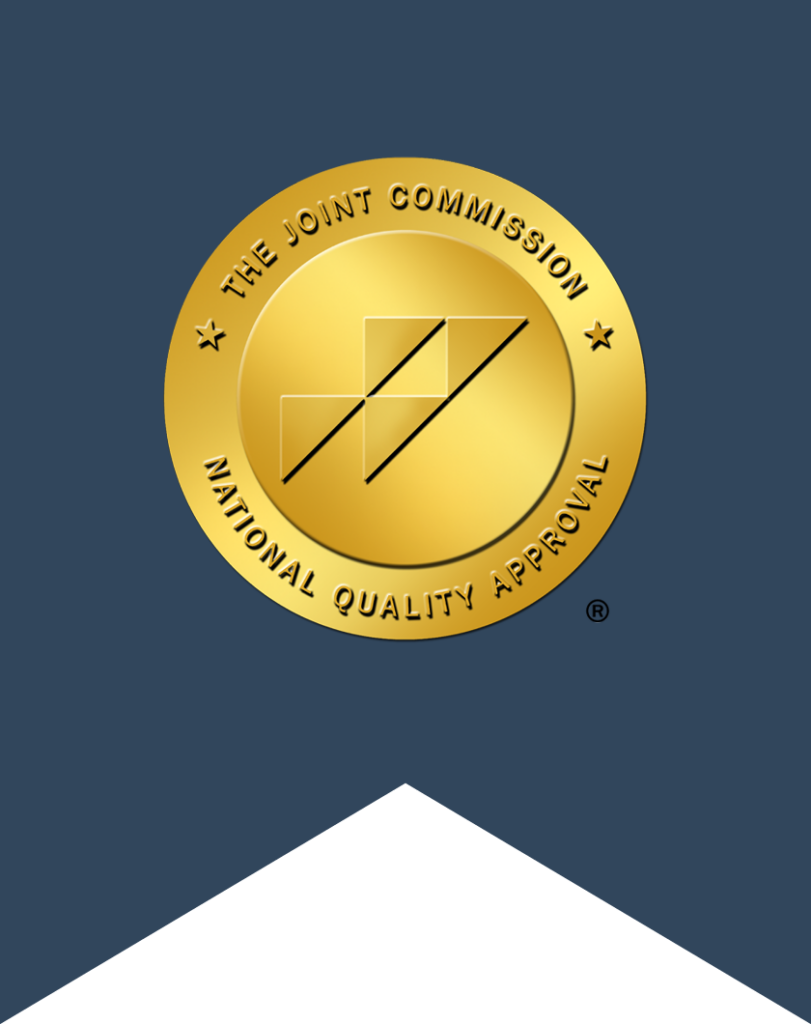Fifty-two percent of women believe they’re held to higher standards than men in the workplace, according to a recent survey by the Pew Research Center, and 40 percent believe they have to work harder than men to prove themselves worthy of their position.
For some women, the pressures of the workplace can lead to the abuse of performance-enhancing drugs like Adderall and Ritalin, which have a reputation as a solution for improving focus and enhancing thinking abilities.
In an analysis of ADHD medication prescriptions filled between 2008 and 2012, researchers found that adult use of these medications rose by 53 percent in that time. The study also found that young women account for the fastest-growing population using performance-enhancing drugs. Over four percent of women between 19 and 25 and almost three percent of women between the ages of 25 and 34 were prescribed these drugs.
What Are Adderall and Ritalin?
Adderall and Ritalin are central nervous system stimulants that are prescribed primarily to treat attention-deficit hyperactivity disorder, or ADHD. When taken by someone with this condition, these medications have a calming effect and help increase focus and improve the ability to think more clearly.
The National Institute on Drug Abuseexplains that when someone with ADHD takes Adderall or Ritalin, these medications slowly and steadily increase brain levels of dopamine, a neurotransmitter associated with attention, movement and pleasure.
When taken as prescribed, Adderall and Ritalin mimic the way this neurotransmitter is naturally produced. To identify the right dosage, physicians start with a low dose and increase it gradually until the right therapeutic effect is achieved.
But when taken other than as prescribed, Adderall and Ritalin increase dopamine levels very quickly. This can produce a euphoric effect and disrupt the communication between brain cells.
Adderall and Ritalin Abuse Trends
Between 2005 and 2011, emergency room visits related to prescription stimulant abuse rose by 292 percent among people between the ages of 18 and 34, indicating a dramatic increase in the abuse of these medications.
A recent study that found that 20 percent of college students have abused performance-enhancing drugs at least once in their lifetime for the purpose of studying, staying awake or improving their work or academic performance.
The growing number of teenagers and young adults who use prescription stimulants to boost performance at school or work indicates a widely held belief that these drugs improve the ability to learn.
But while Adderall and Ritalin increase feelings of wakefulness, studies have shown that they don’t actually improve learning or enhance thinking ability in people who don’t have ADHD. In fact, NIDA points to research that shows that the GPAs of high school and college students who abuse these medications are actually lower than those of students who don’t abuse them.
The Effects of Performance-Enhancing Drugs
Stimulants increase blood pressure, body temperature and heart rate, and they decrease the appetite and inhibit sleep. Chronic abuse of these medications can result in paranoia and feelings of hostility as well as lead to heart attack and stroke when taken in high doses.
The abuse of stimulants can also quickly lead to dependence. As tolerance builds up, it takes more of the medication to achieve the desired effects. Changes in the structures and functions of the brain will gradually occur, eventually leading to physical dependence. Dependence is characterized by the onset of withdrawal symptoms when the drug is withheld. Withdrawal symptoms associated with stimulants include insomnia, fatigue and a deep depression that’s often accompanied by suicidal thoughts.
Getting Help for Stimulant Abuse or Addiction
If you abuse central nervous system stimulants and find that you continue to use them despite negative consequences like disrupted sleep patterns, irritability and headaches, you may be addicted to these medications. If you experience withdrawal symptoms when you stop using Adderall or Ritalin, you may have developed a dependence on it.
Working through the issues underlying the abuse is central to overcoming an addiction or dependence on these medications–or preventing it. A holistic approach to treatment that utilizes various traditional and alternative therapies, such as cognitive-behavioral therapy and biofeedback, can help you manage stress and gain confidence in your inherent abilities.
Getting help now, before an addiction or dependence develops or worsens, can prevent serious consequences to your health.
